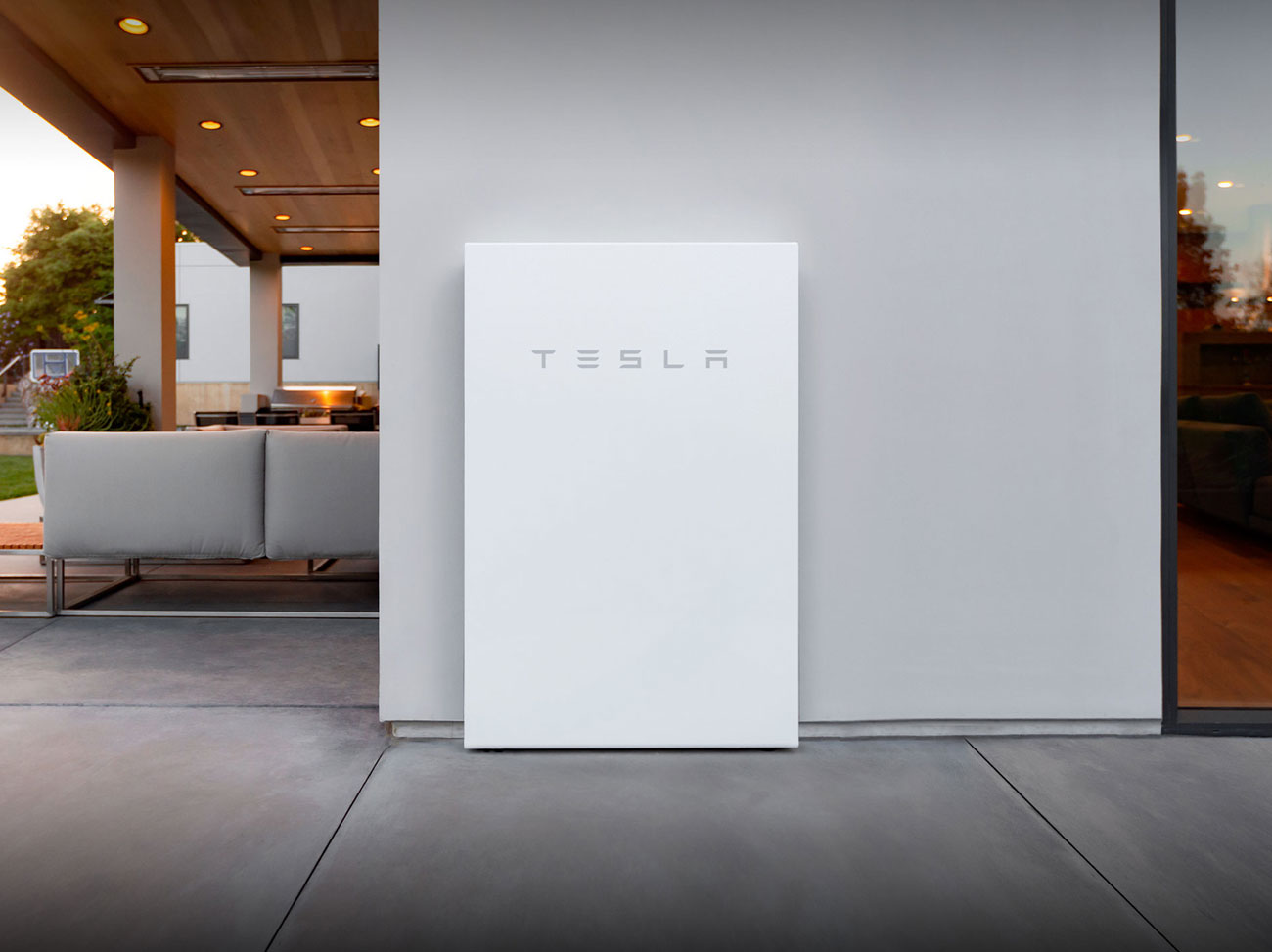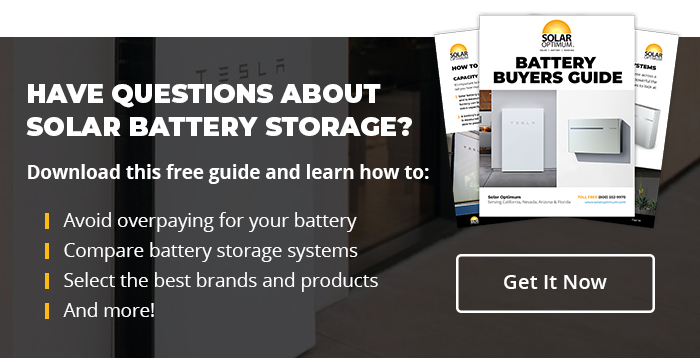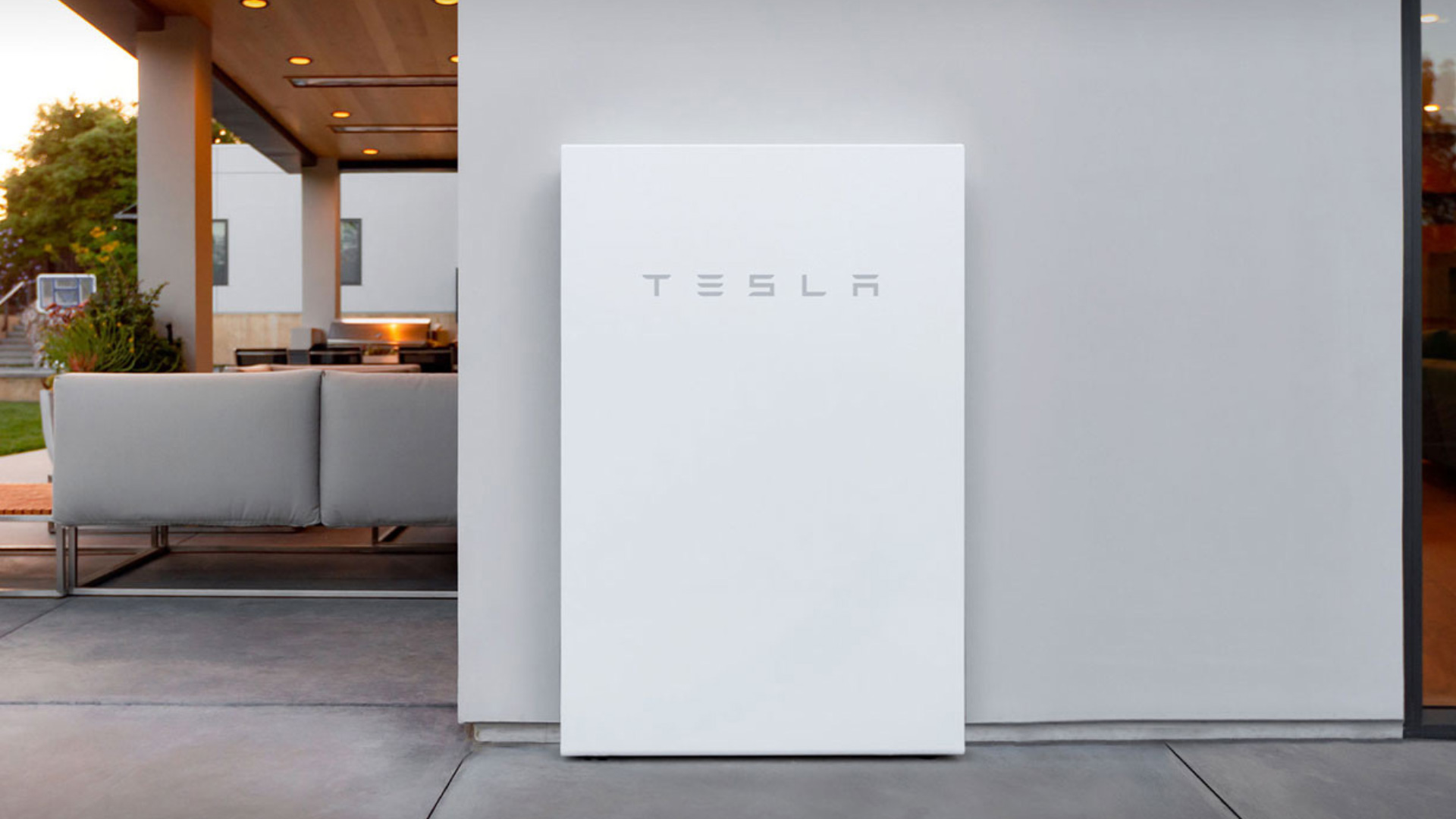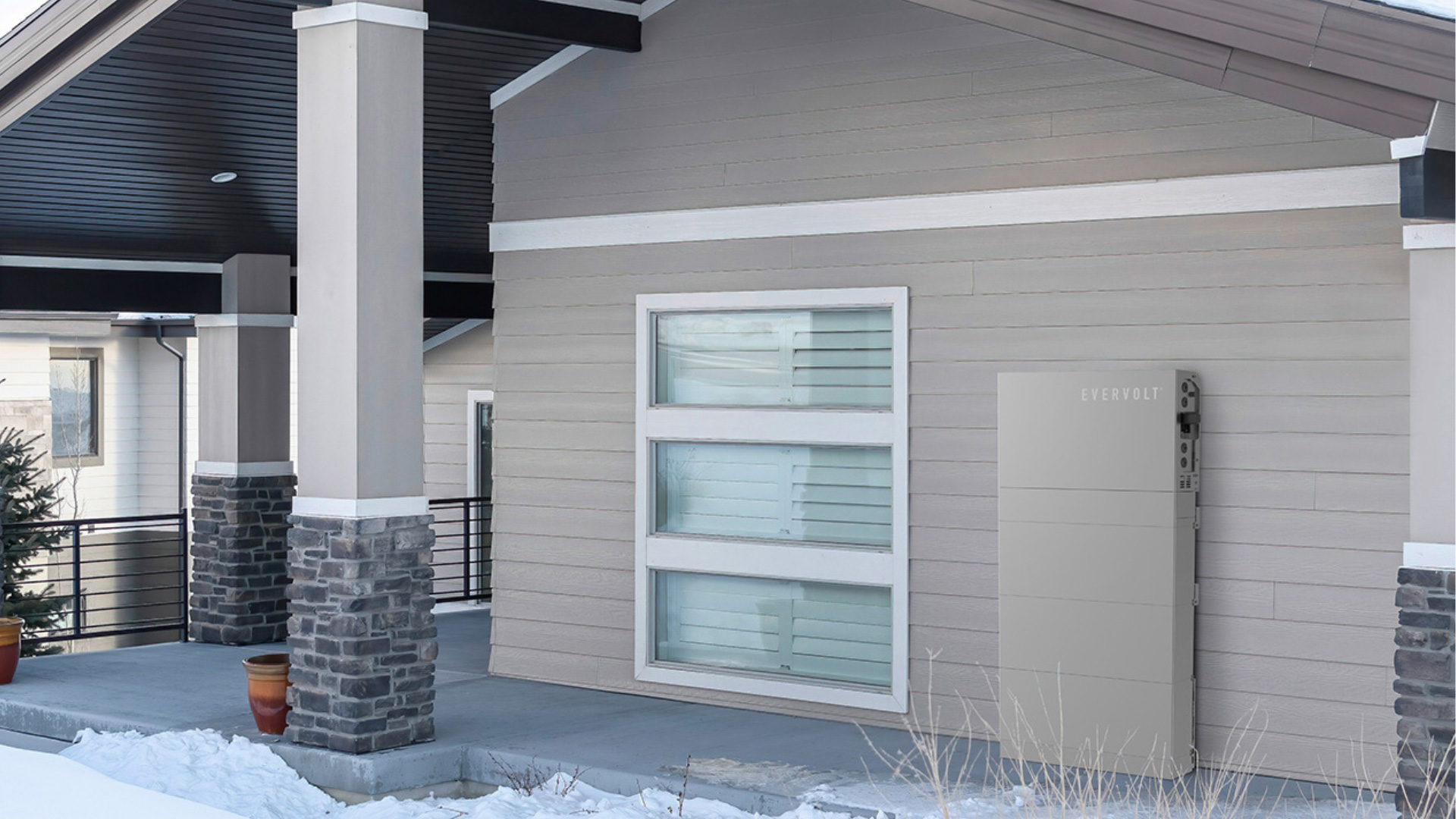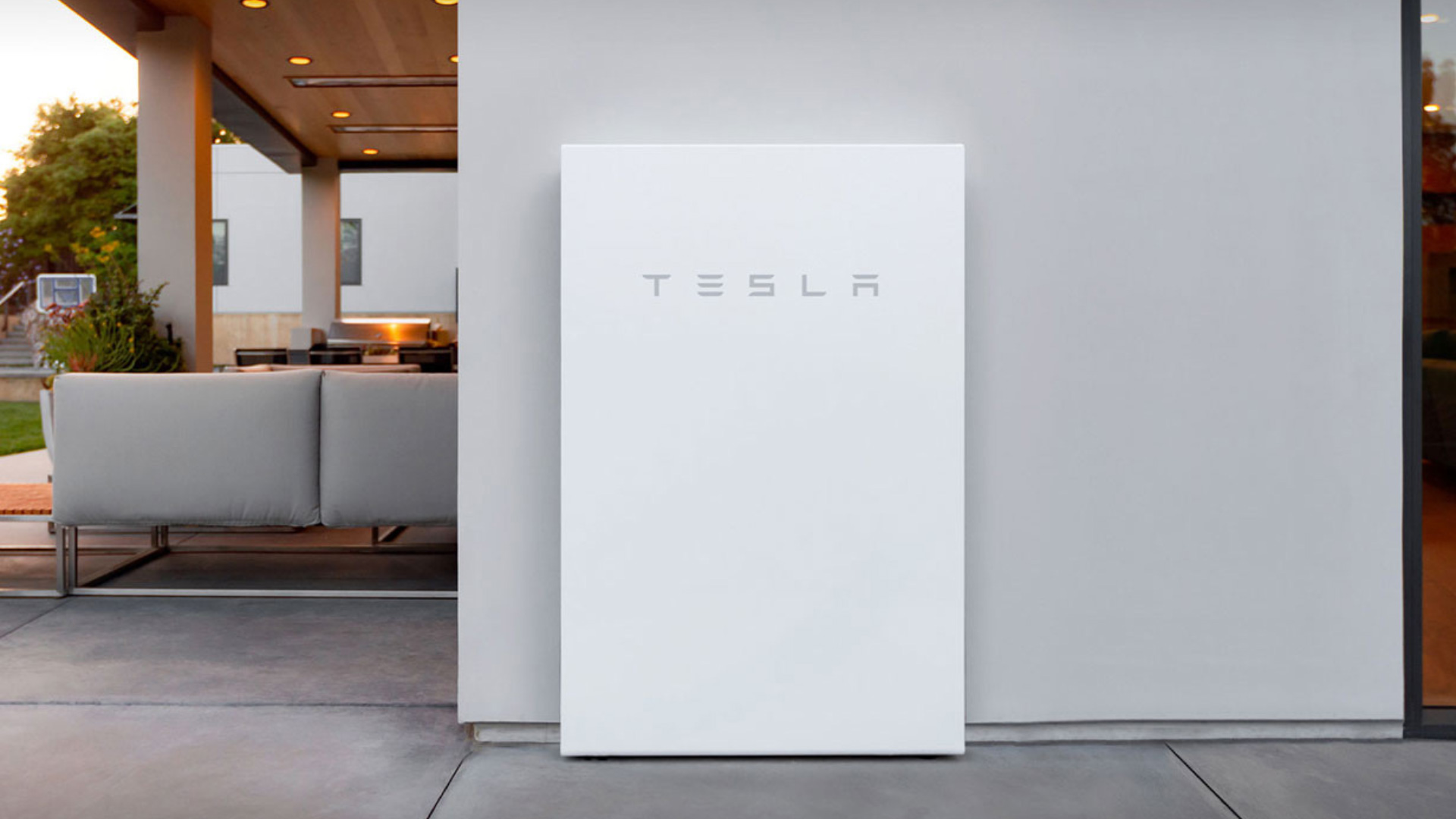Tesla Energy’s Powerwall 2.0 lithium battery solution has significantly influenced the solar industry and has moved residential energy storage into the mainstream. The Powerwall 2.0, the second iteration, has more than doubled the storage capacity and features an integrated battery inverter-charger, giving it significantly greater power and versatility. This article presents a brief overview of the Tesla Powerwall 2.0 Specs covering aspects such as storage capacity, temperature performance, and more.
Decoding Tesla Powerwall 2.0 Specs
The battery pack’s electrical interface makes connecting to any residence or business a breeze. Its ground-breaking compact and minimalistic design has a first-in-the-field energy storage capacity and is simple to deploy, allowing users to reap the advantages of clean and consistent electricity immediately. Here are some of its features:
Energy Storage Capacity
Tesla Powerwall 2.0 packs an impressive 13.5 kWh storage capacity. This is over 3 points higher than the other market-leading Enphase Encharge 10*batteries.
The Powerwall may be set up in split, or three-phase arrangements with up to 9 Powerwalls joined together for greater capacity installations. The maximum capacity per phase is three Powerwalls, resulting in an overall storage capacity of 40.5kWh, which is more than adequate for most average households.
Depth of Discharge
Tesla Powerwall 2.0 has a 100 percent depth of discharge, which means you can draw the whole 13.5 kWh of usable capacity if necessary.
Round-Trip Efficiency
The percentage of power stored that is later recovered is round-trip efficiency. The lower the power loss during storage, the better the round-trip efficiency. Tesla Powerwall 2.0 provides a 90% round-trip efficiency.
Continuous Power
Tesla Powerwall 2.0 provides continuous 5kW of power with a 7kW peak. This ensures your applications are consistently powered even in a blackout.
Built-in AC-DC Inverter Charger
Tesla Powerwall 2.0 is equipped with a built-in AC-DC inverter-charger as an AC battery. One significant benefit is that it can be readily retrofitted to residences that already have solar panels. Another plus is that it may be installed without solar panels and used exclusively for backup power because it has a built-in inverter.
The inverter has a reasonably high power rating, providing a constant output of 5kW and a maximum result or peak power of 7kW. The power output is often adequate to handle a typical home’s needs, which frequently has many high-powered gadgets running simultaneously.
Low-Temperature Performance
Tesla’s temperature control system also allows the Powerwall to charge at below-zero temperatures when most other lithium batteries’ charge rates are substantially hindered. Due to lower diffusion rates on the anode, lithium batteries can’t charge adequately below five °C. The Powerwall can warm its cells at low temperatures because of its unique thermal management technology known as preconditioning – When temperatures drop below zero, preconditioning kicks in and warms the Powerwall to boost charging efficiency.
Secure Your Energy Independence With Tesla Powerwall 2.0
You may substantially cut down your electricity expenses and access stored energy whenever you need it – even during a power interruption – with battery backup for your home or company. Solar Optimum is a leading solar provider offering up to 25-year warranties in California and Nevada. Reach out to us today for the best Tesla Powerwall 2.0 solutions.

